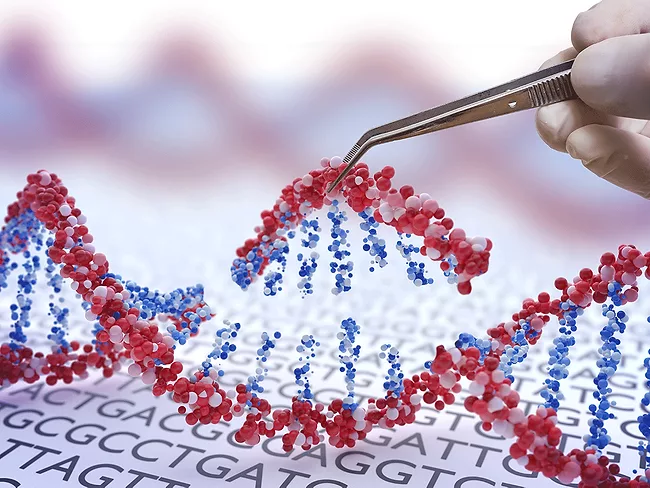
Items Tagged with 'genome editing'
ARTICLES
Drug design, drug delivery & technologies
New techniques open the way for large-scale programmable genome editing
Read MoreInternational Human Genome Editing Conference
Prenatal gene-editing treatment offers curative potential for serious inherited disease
Read MoreDrug Design, Drug Delivery & Technologies






